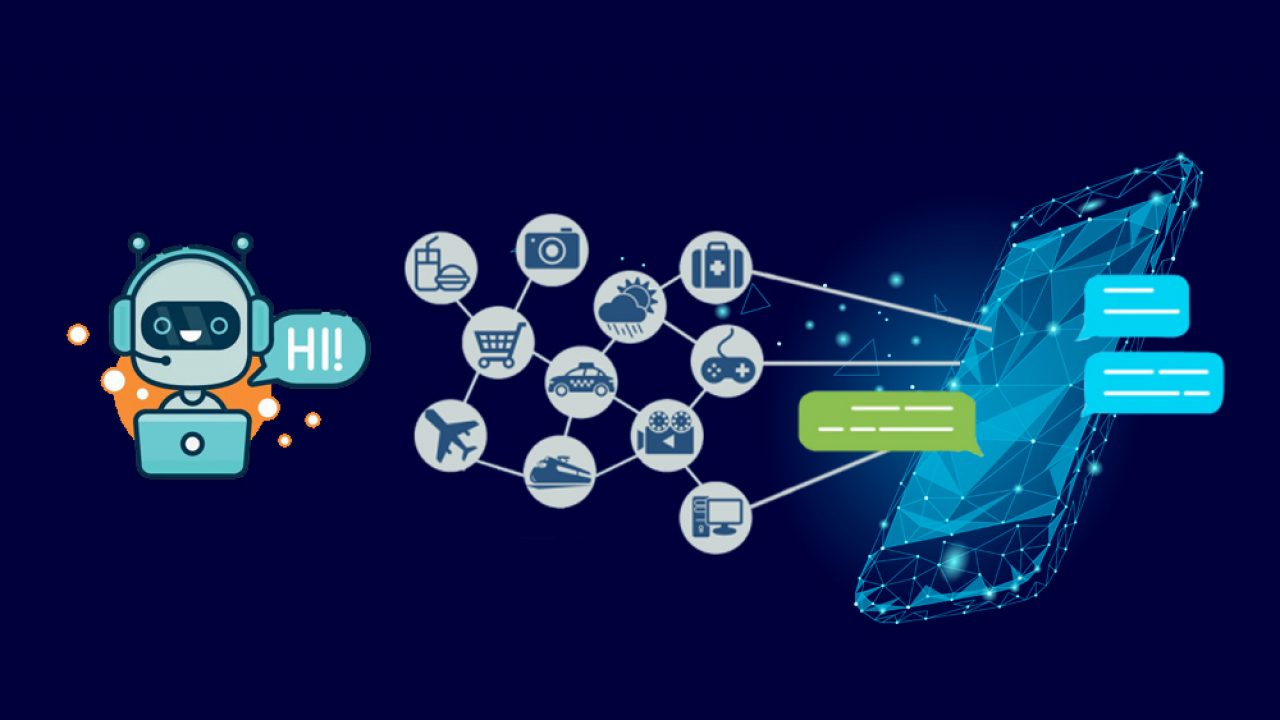
Chatbot Development Solutions: A Complete Guide
Chatbots have become increasingly popular in recent years, and for good reason. These artificial intelligence (AI) programs are designed to simulate human conversation and offer a personalized, engaging user experience. Chatbots are used in a wide range of industries, including e-commerce, healthcare, and customer support. In this article, we will discuss chatbot development solutions and how you can build a chatbot from scratch.
1. Types of Chatbots
There are two main types of chatbots: rule-based chatbots and AI-based chatbots. Rule-based chatbots are limited in their capabilities and use a predefined set of rules to respond to user queries. They can only respond to specific commands and are less sophisticated than AI-based chatbots. AI-based chatbots use machine learning algorithms to understand natural language queries and improve their responses over time. They are more flexible and can adapt to changing user needs.
2. Chatbot Development Platforms
There are several chatbot development platforms available, such as Dialogflow, Botpress, and ManyChat. These platforms offer pre-built templates and drag-and-drop interfaces to help you create a chatbot without coding knowledge. They also offer integrations with various messaging platforms, such as Facebook Messenger and WhatsApp. You can choose the platform that best suits your chatbot development needs.
3. Natural Language Processing
Natural Language Processing (NLP) is a technology that allows chatbots to understand and interpret human language. NLP enables chatbots to identify user intent, extract relevant information from user input, and provide accurate responses. NLP involves several techniques, such as text classification, entity recognition, and sentiment analysis, that enable chatbots to accurately interpret and respond to user queries.
To implement NLP in your chatbot, you can use various tools and libraries such as the Natural Language Toolkit (NLTK), Stanford CoreNLP, Google Cloud Natural Language, or Microsoft Azure Text Analytics. These tools provide pre-built models and APIs that you can use to train and improve your chatbot’s NLP capabilities. You can also create custom NLP models tailored to your specific business needs.
4. Designing Conversational Flows
Designing conversational flows is a critical aspect of chatbot development. Conversational flows are the pathways through which a chatbot interacts with users, and they need to be designed in a way that is natural, intuitive, and user-friendly. Good conversational flows should guide users towards their goals, help them complete tasks, and provide them with a personalized and engaging experience.
To design effective conversational flows, you need to have a deep understanding of user needs and preferences. You can conduct user research and testing to gather insights into user behavior and preferences, and use this information to create a conversational flow that aligns with user expectations. You should also consider incorporating natural language processing (NLP) techniques, as discussed in the previous section, to make the chatbot’s interactions more natural and intuitive.
5.Deployment
Deploying the chatbot involves making it available to users. You can deploy your chatbot on various messaging platforms, such as Facebook Messenger, WhatsApp, or Slack. You can also deploy it on your website using a chat widget. When deploying your chatbot, you need to ensure that it is accessible and easy to use for your users.
6.Testing and Maintenance
Testing and maintenance are the essential to ensure that your chatbot is functioning correctly and providing relevant responses to the user queries. One should test your chatbot on various devices and platforms to ensure that it is compatible and user-friendly. We should also monitor its performance and make changes accordingly. Developer can use analytics tools such as Google Analytics or Mixpanel to track user interactions with your chatbot.
7.Voice and Visual Chatbots
As chatbots continue to evolve, there are now two additional types of chatbots: voice chatbots and visual chatbots. Voice chatbots interact with users through voice commands and can be integrated with smart speakers such as Amazon’s Alexa or Google Home. Visual chatbots, on the other hand, use graphical interfaces and are commonly used in messaging apps such as Facebook Messenger or Telegram. It’s important to consider the type of chatbot that best suits your business needs and target audience.
8.Integration with Other Technologies
Chatbots can also be integrated with other technologies such as artificial intelligence, machine learning, and natural language understanding to provide a more sophisticated user experience. These integrations can help chatbots to better understand user queries and provide more accurate responses. It’s important to consider which technologies and integrations would be beneficial for your chatbot and how they can improve the user experience.
9.Chatbot Security
Security is an important consideration when developing a chatbot solution. It’s important to ensure that chatbots keep user data, such as personal information and payment details, safe and secure. You should implement the security protocols, such as encryption and secure authentication, to protect user data. It’s also important to regularly update and maintain your chatbot’s security measures to prevent any potential vulnerabilities.
Also Read: Tips for Choosing the Best Visitor Management System
10.Personalization
Personalization is the key to providing a high-quality user experience with your chatbot solution. By collecting and analyzing user data, such as previous interactions and preferences, you can tailor your chatbot’s responses to better meet individual user needs. Personalization can also help to build stronger relationships with users and increase engagement.
11.Training and Support
To ensure effective use and interaction with your chatbot after deployment, it’s important to provide training and support to users. This can involve creating user manuals or tutorials, offering live support through chat or email, or providing a dedicated support team to address user questions and issues. Providing adequate training and support can help to improve user satisfaction and reduce frustration with your chatbot.
Conclusion
Chatbots development solutions are an essential component of modern businesses, providing personalized and engaging user experiences. Developing a chatbot solutions requires a combination of technical skills, creative design, and an understanding of user needs. In this article, we have discussed the types of chatbots, chatbot development platforms, natural language processing, designing conversational flows, deployment, testing and maintenance, voice and visual chatbots, and integration with other technologies. By following these guidelines, you can build a chatbot that meets your business needs and provides value to your users.


